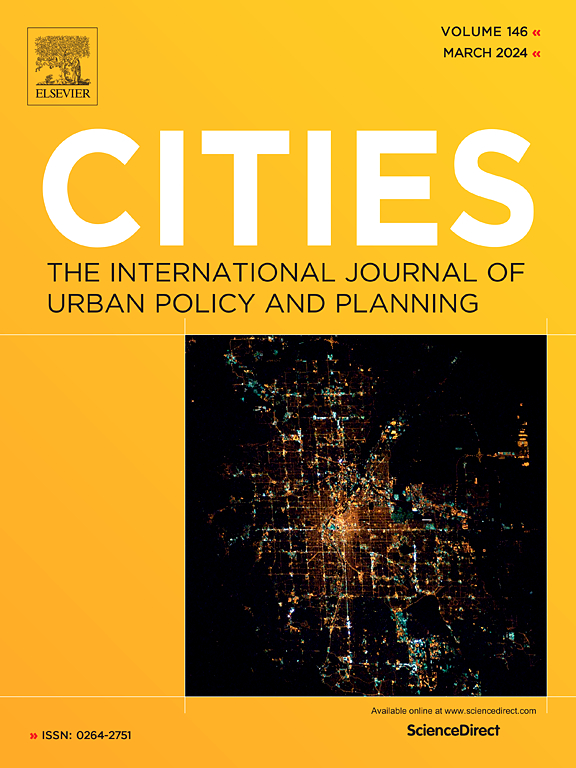Impacts of community attachment and community livability on environmental activity according to XGBoost and SHAP
IF 6
1区 经济学
Q1 URBAN STUDIES
引用次数: 0
Abstract
Community attachment and livability have been identified as critical factors impacting people's willingness to pay for environmental activities. However, the concrete interactions among spending on environmental activities, income, community attachment, and livability remain inconclusive. Herein, we demonstrate their complex associations by employing an extreme gradient boost model, the SHapley Additive exPlanation (SHAP) method, and linear connections between variable contributions and their real values through a global dataset containing 100,956 observations. We linearly link SHAP values and real values to generalize the relationships and estimate the impacts of community attachment and community livability on the connections. Our findings suggest that individuals with strong community attachment and high incomes are most likely to allocate additional funds for environmental activities and that high community attachment strengthens the relationship between income and spending on environmental activity. A 1 % improvement in community attachment has the same effect on environmental activity willingness as a 6.683 thousand USD/year increase in household income. Conversely, residents in more livable environments tend to spend less on such activities, and greater community livability weakens the effects of income. A 1 % increase in livability is equivalent to a decrease of 1.462 thousand USD/year in household income. Our research underscores potential strategies to encourage participation in environmental activities and build a sustainable society, including improving community attachment and expanding people's horizons regarding environmental issues.
根据 XGBoost 和 SHAP,社区归属感和社区宜居性对环境活动的影响
社区归属感和宜居性被认为是影响人们为环保活动付费意愿的关键因素。然而,环保活动支出、收入、社区归属感和宜居性之间的具体相互作用仍无定论。在此,我们通过一个包含 100956 个观测值的全球数据集,采用极端梯度提升模型、SHapley Additive exPlanation(SHAP)方法以及变量贡献与其实际值之间的线性关系,证明了它们之间复杂的关联。我们将 SHAP 值和实际值线性联系起来,以概括这些关系,并估算社区依附性和社区宜居性对这些联系的影响。我们的研究结果表明,具有强烈社区归属感和高收入的个人最有可能为环保活动分配额外资金,而高社区归属感会加强收入与环保活动支出之间的关系。社区依恋度每提高 1%,对环境活动意愿的影响就相当于家庭收入每年增加 668.3 万美元。相反,宜居环境较好的居民在此类活动上的支出往往较少,社区宜居性越高,收入的影响就越弱。宜居性每提高 1%,相当于家庭收入每年减少 146.2 万美元。我们的研究强调了鼓励参与环保活动和建设可持续发展社会的潜在策略,包括改善社区依附性和扩大人们对环境问题的视野。
本文章由计算机程序翻译,如有差异,请以英文原文为准。
求助全文
约1分钟内获得全文
求助全文
来源期刊

Cities
URBAN STUDIES-
CiteScore
11.20
自引率
9.00%
发文量
517
期刊介绍:
Cities offers a comprehensive range of articles on all aspects of urban policy. It provides an international and interdisciplinary platform for the exchange of ideas and information between urban planners and policy makers from national and local government, non-government organizations, academia and consultancy. The primary aims of the journal are to analyse and assess past and present urban development and management as a reflection of effective, ineffective and non-existent planning policies; and the promotion of the implementation of appropriate urban policies in both the developed and the developing world.
 求助内容:
求助内容: 应助结果提醒方式:
应助结果提醒方式:


